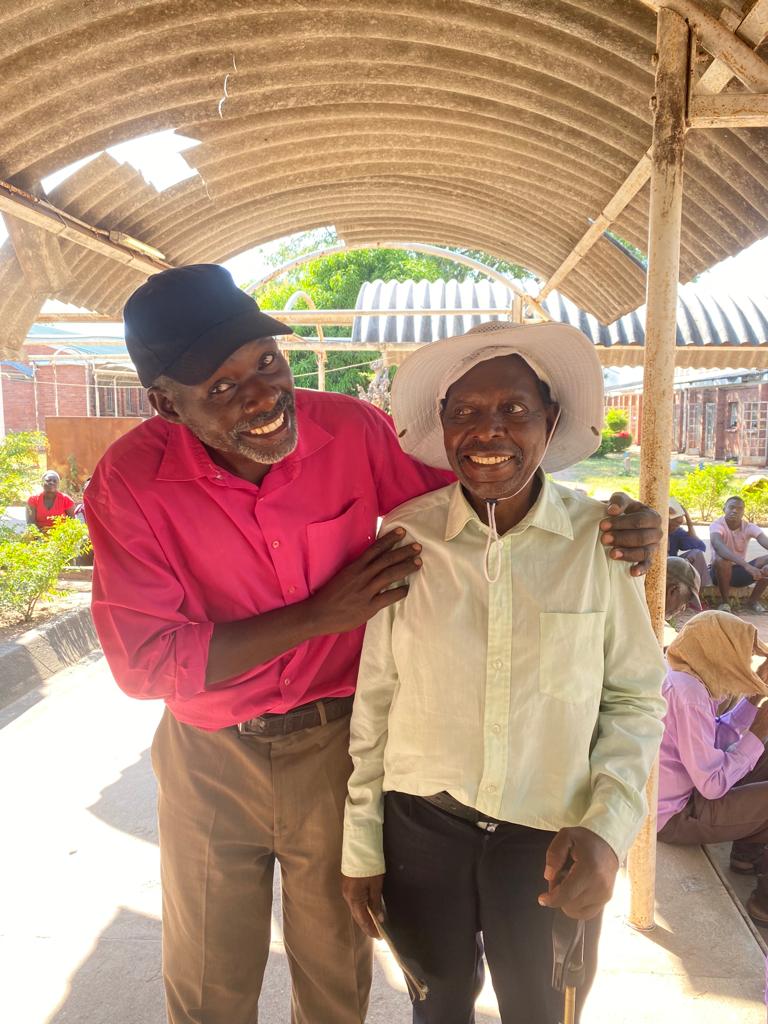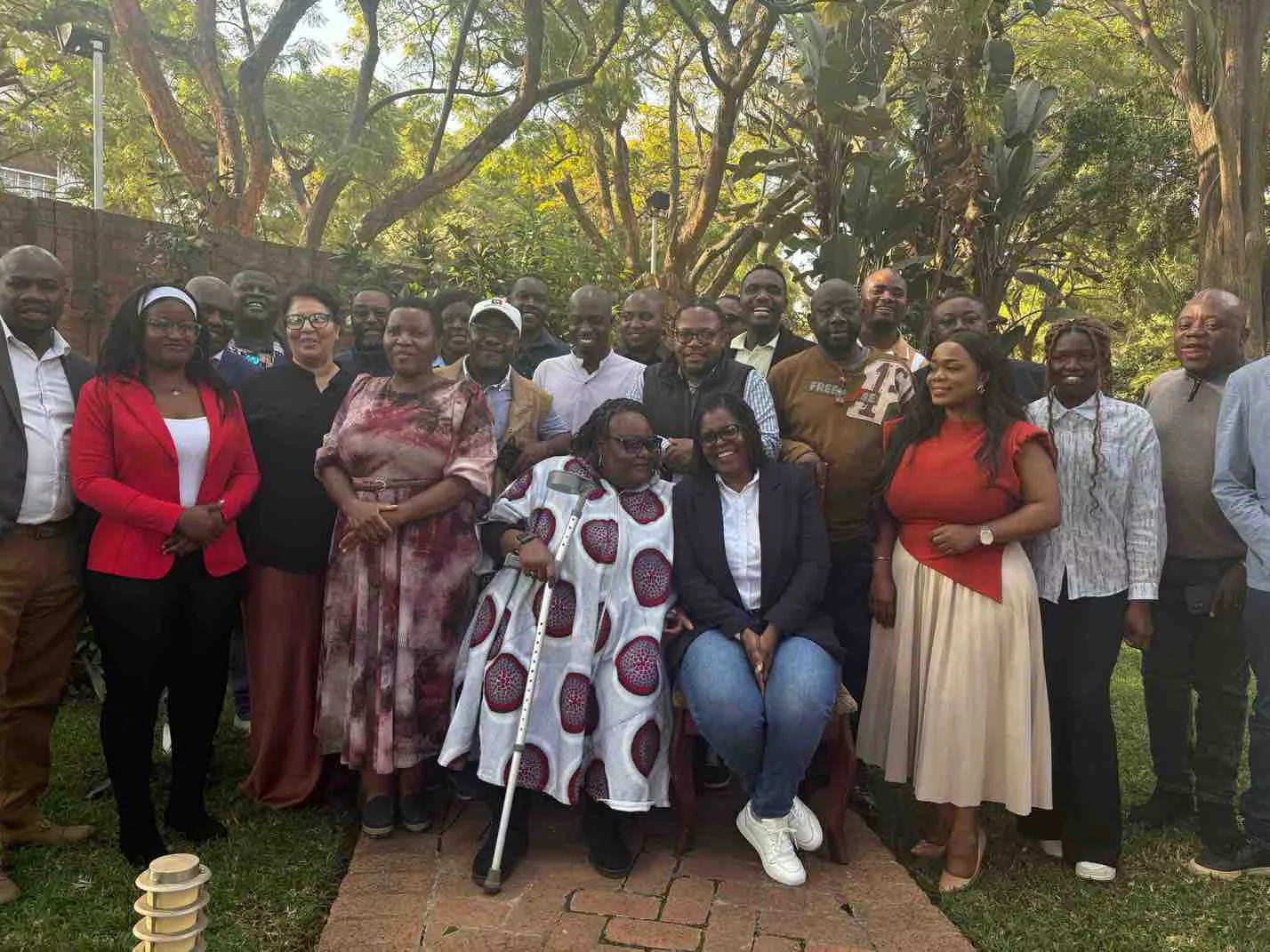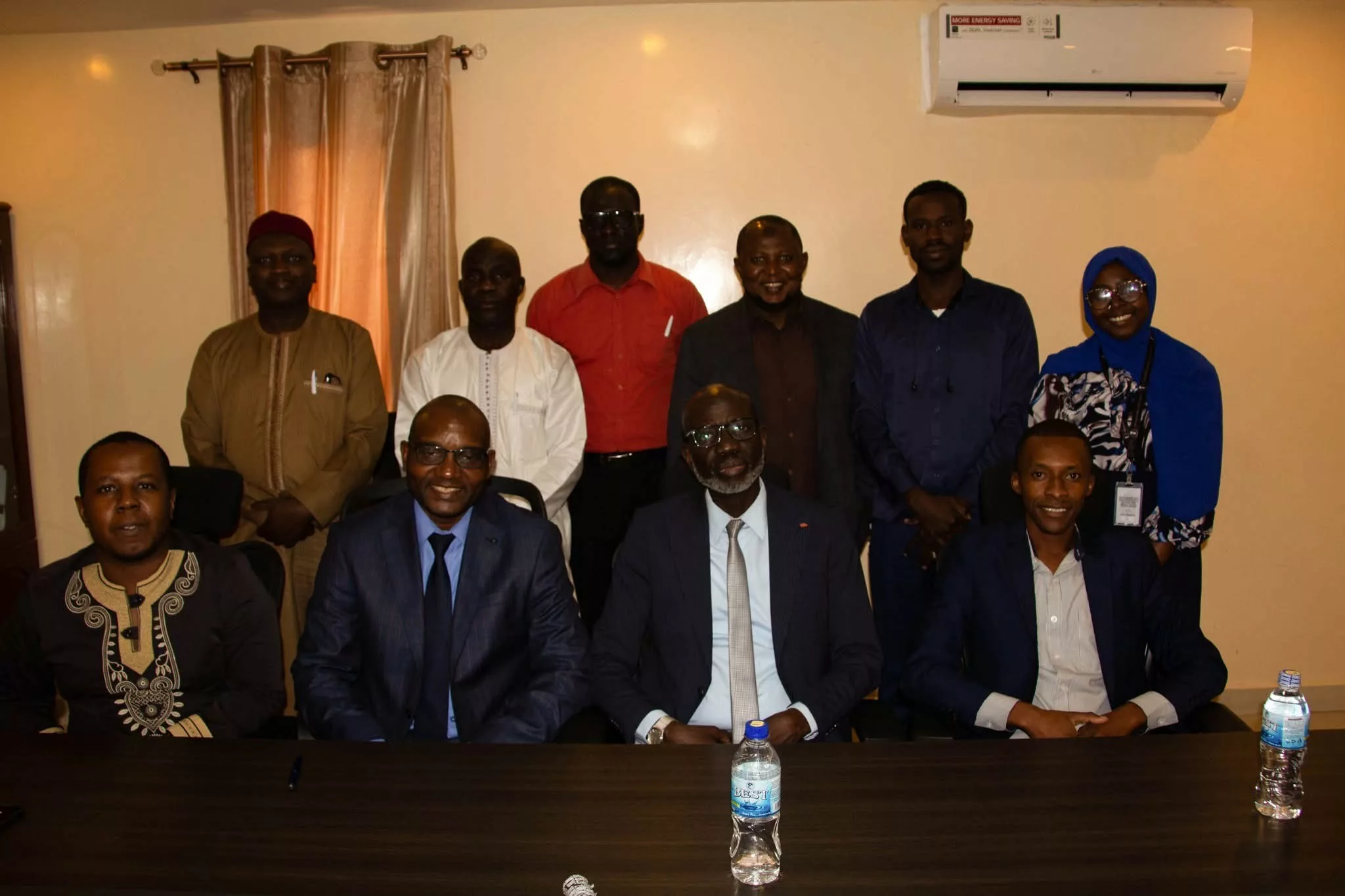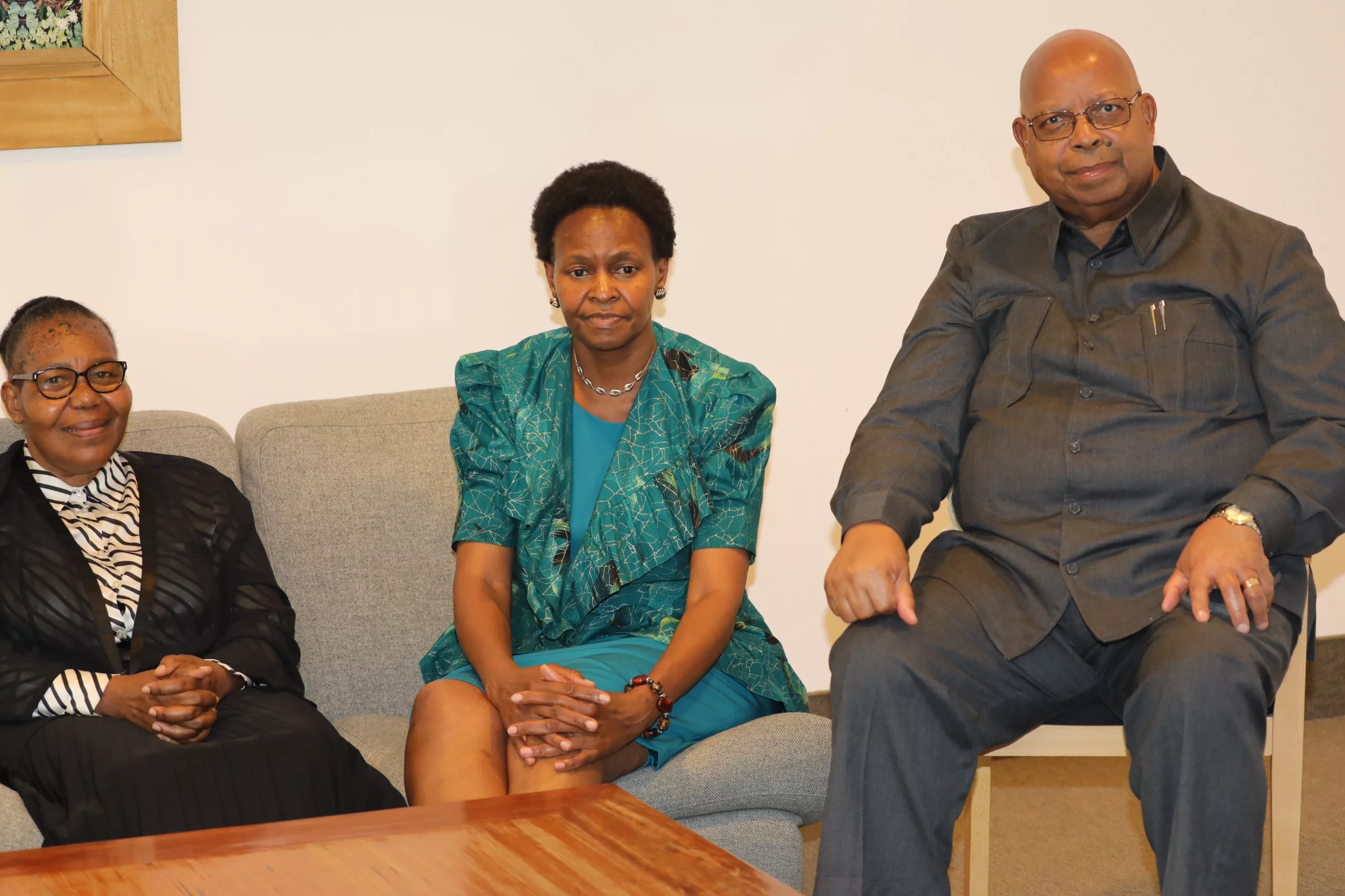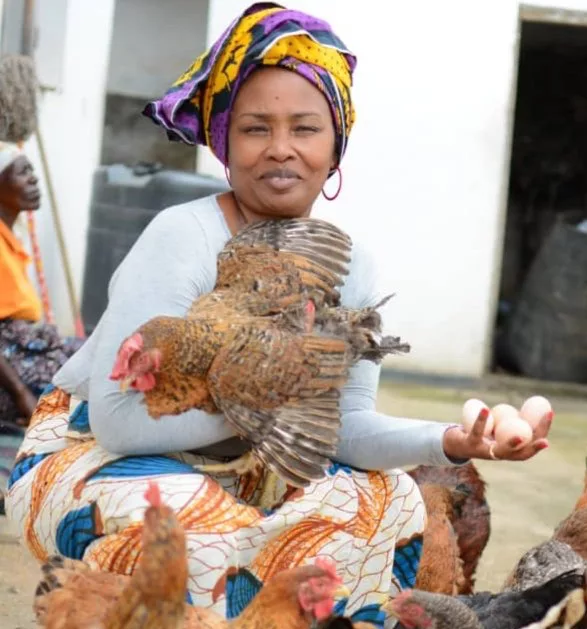This World Sight Day (12 October), international development organisation Sightsavers is calling on global leaders to end the geographical inequity of eye health services.
Everyone, including remote and rural communities, women and girls, and people with disabilities, should have access to the services they need. Yet the availability of eye health services and products like glasses varies across and within countries. They are often easily accessible in urban areas but less so in other places and for marginalised groups.
Globally, 1.1 billion people have an untreated or preventable visual impairment. In Zimbabwe, there were an estimated 2 million people with vision loss in 20202 and only 1.7 ophthalmologists per million people. This is lower than the World Health Organization’s minimum recommendation of 4 ophthalmologists per million.
Women account for more than half of blindness and visual impairment across the world1. Compared to people without disabilities, people with disabilities are also three times less likely to get the healthcare they need.
Peter Bare, Country Director at Sightsavers comments: “Eye health should be equally available to everyone, no one should be disadvantaged because of where they live, their gender, health, or background. But currently, it is inaccessible for some sectors of society and even a luxury for those in urban areas.
“This needs to change. When we tackle these issues, children can learn, and adults can earn. Eye health equals a ripple effect on the lives of individuals, families, and communities, helping nations to thrive and reducing poverty and inequality.”
Governments are working towards achieving the Sustainable Development Goals (SDGs), a set of United Nations (UN) goals that aim to reduce global poverty and inequality and protect the planet. They include a target to achieve universal health coverage (UHC), ensuring everyone has access to health services. In 2021, global leaders also unanimously adopted the UN ‘Vision for Everyone’ resolution, which explicitly links eye health to all the SDGs.
To achieve the goals and resolution, inclusive eye health is essential. Unless it is recognised as a vital part of healthcare and development, efforts to achieve the SDGs and UHC will fail. Indeed, the World Health Organization reported in September that “the world is off track to make significant progress towards universal health coverage” and that improvements to health services coverage have stagnated.
The impact of inclusive eye health can be seen through stories such as Fibion from Gokwe North. After years of blindness, he was resigned to a life with no vision, relying on his grandchildren to help him do basic tasks. He could no longer provide for his family and spent most of his days sitting at home.
A relative told him that Sightsavers and eye care specialists were conducting free examinations and surgeries in Binga. Fibion travelled there with Darlington’s support. He was diagnosed with cataracts in both eyes and has since had an operation on one eye.
Fibion was jubilant upon the removal of the bandages that he had regained the lost vision. “I was so excited at the prospect of being able to see. I cannot believe I needed an assistant to get here, but now I will be able to travel back on my own. I cannot wait to see my grandchildren’s faces again.”
Sightsavers and the Ministry of Health and Child Care are also marking World Sight Day by conducting a commemoration event in Umguza District, Matabeleland North Province, on Thursday the 19th of October. Among several activities, there will be free eye examinations and the provision of glasses for community members.
Peter continues: “We are already working with the government and other partners to improve eye health services and we commend their efforts. However, more needs to be done to ensure eye health is represented in health planning, resourcing, and funding. Including people with disabilities, women, and other marginalised groups, community outreach, and a geographically spread workforce, will help reduce the disparity of access.”


